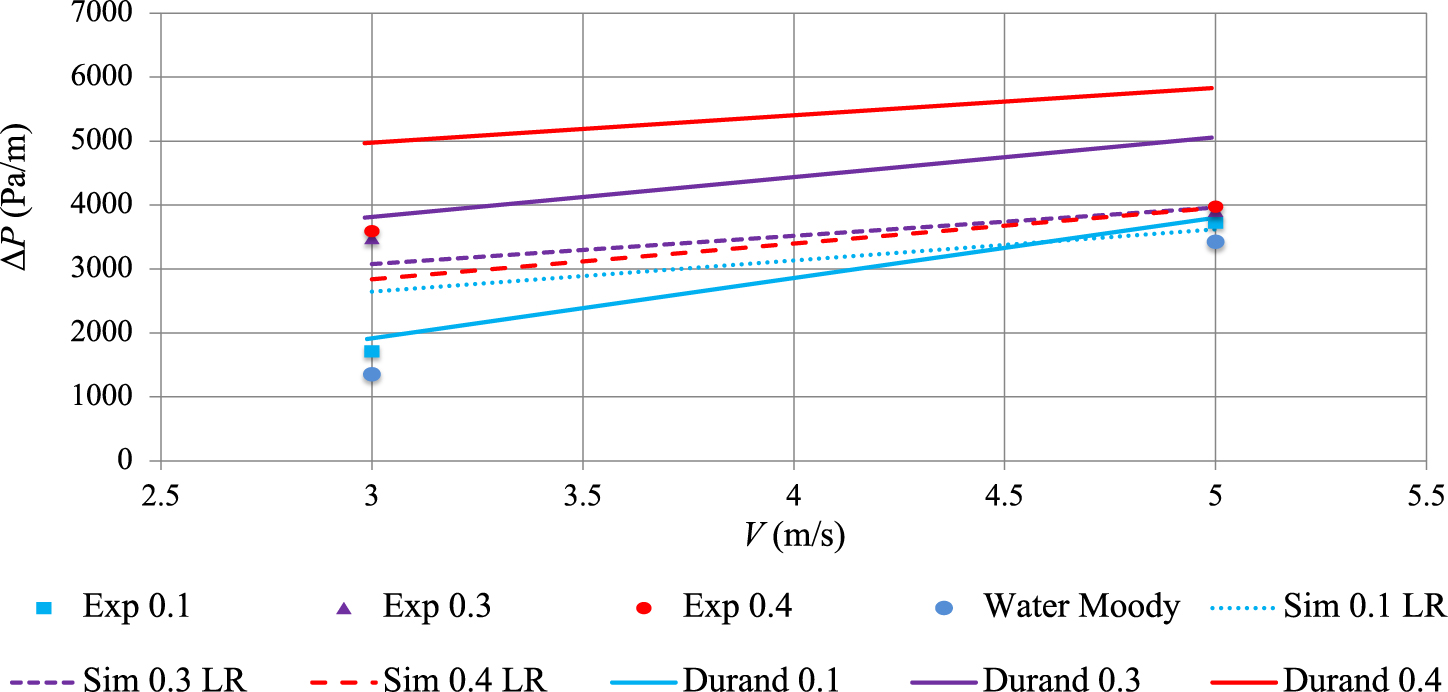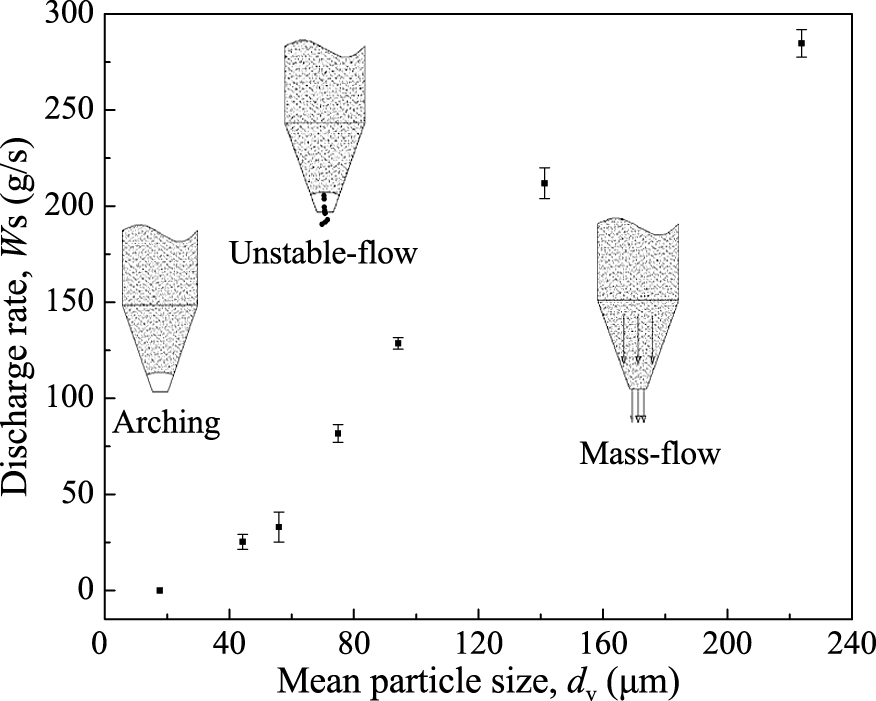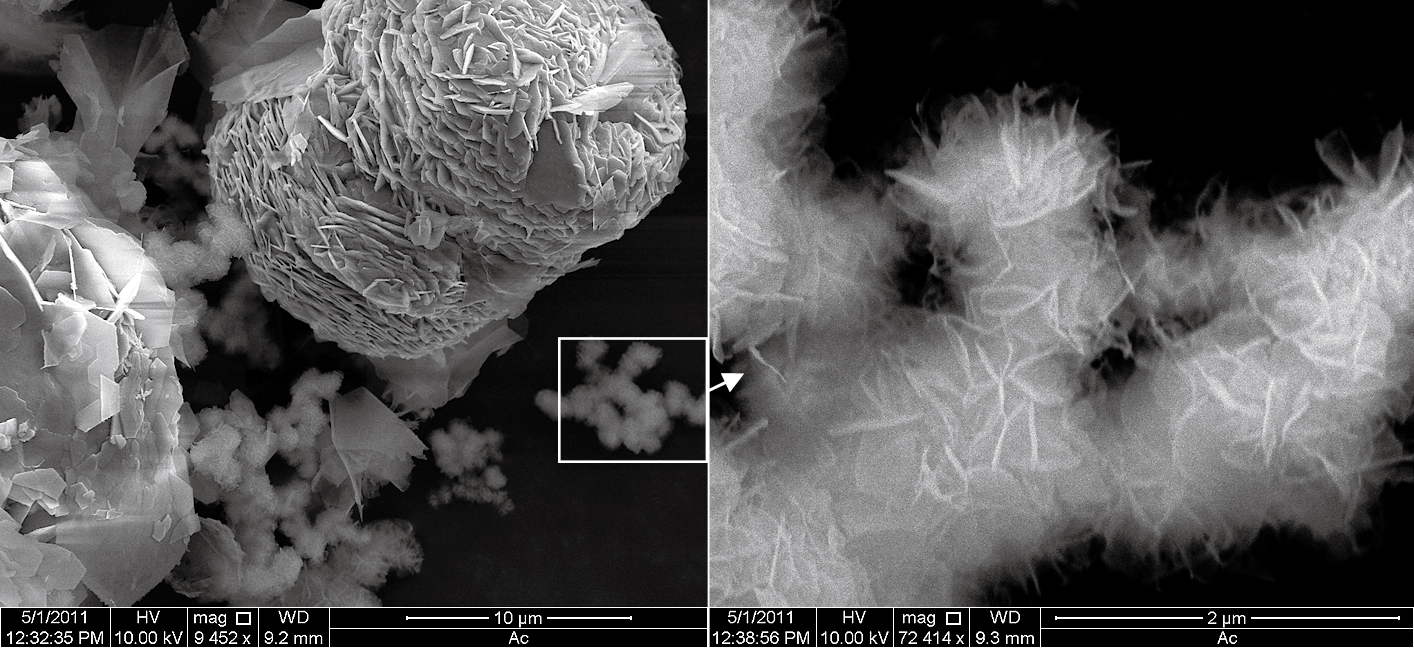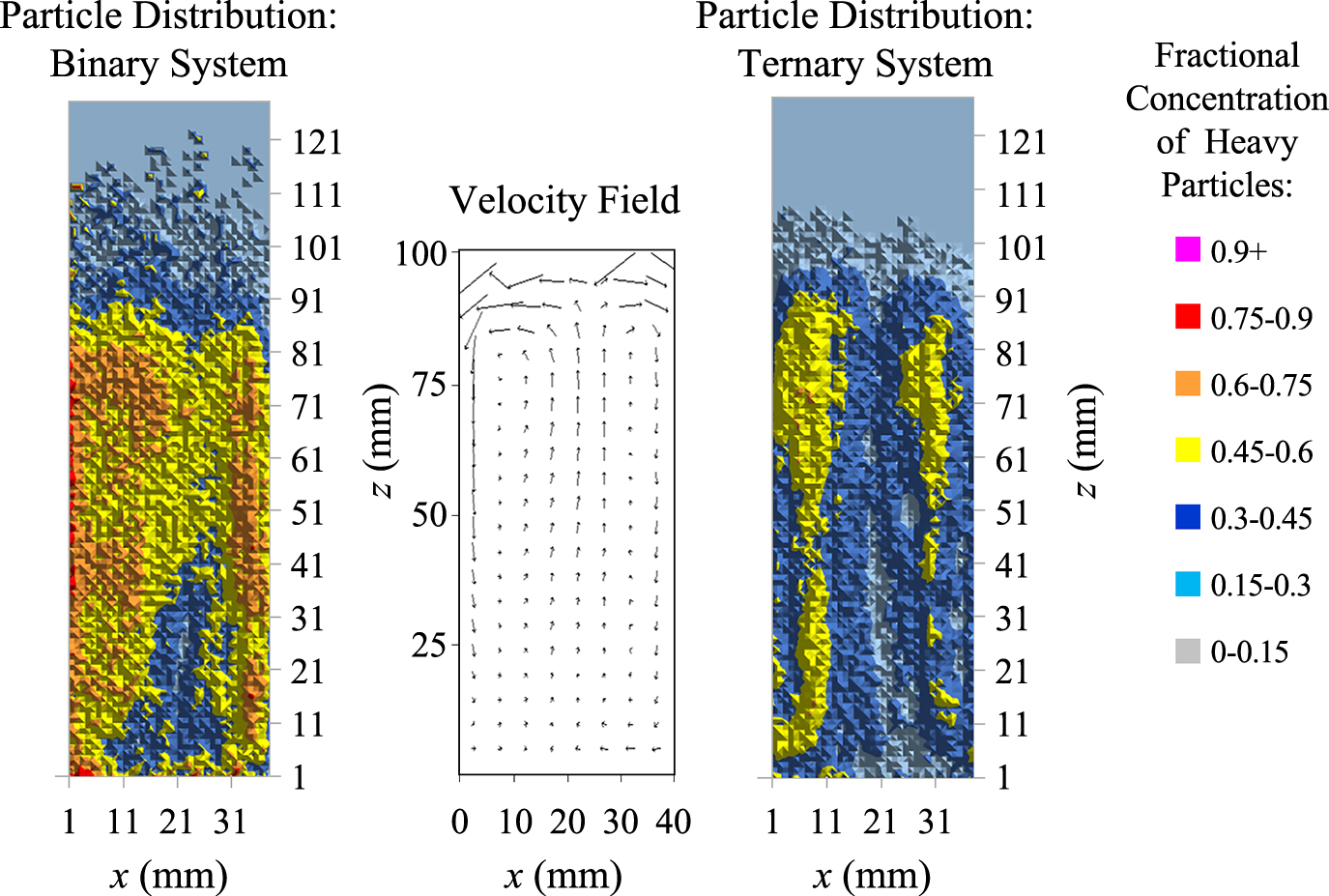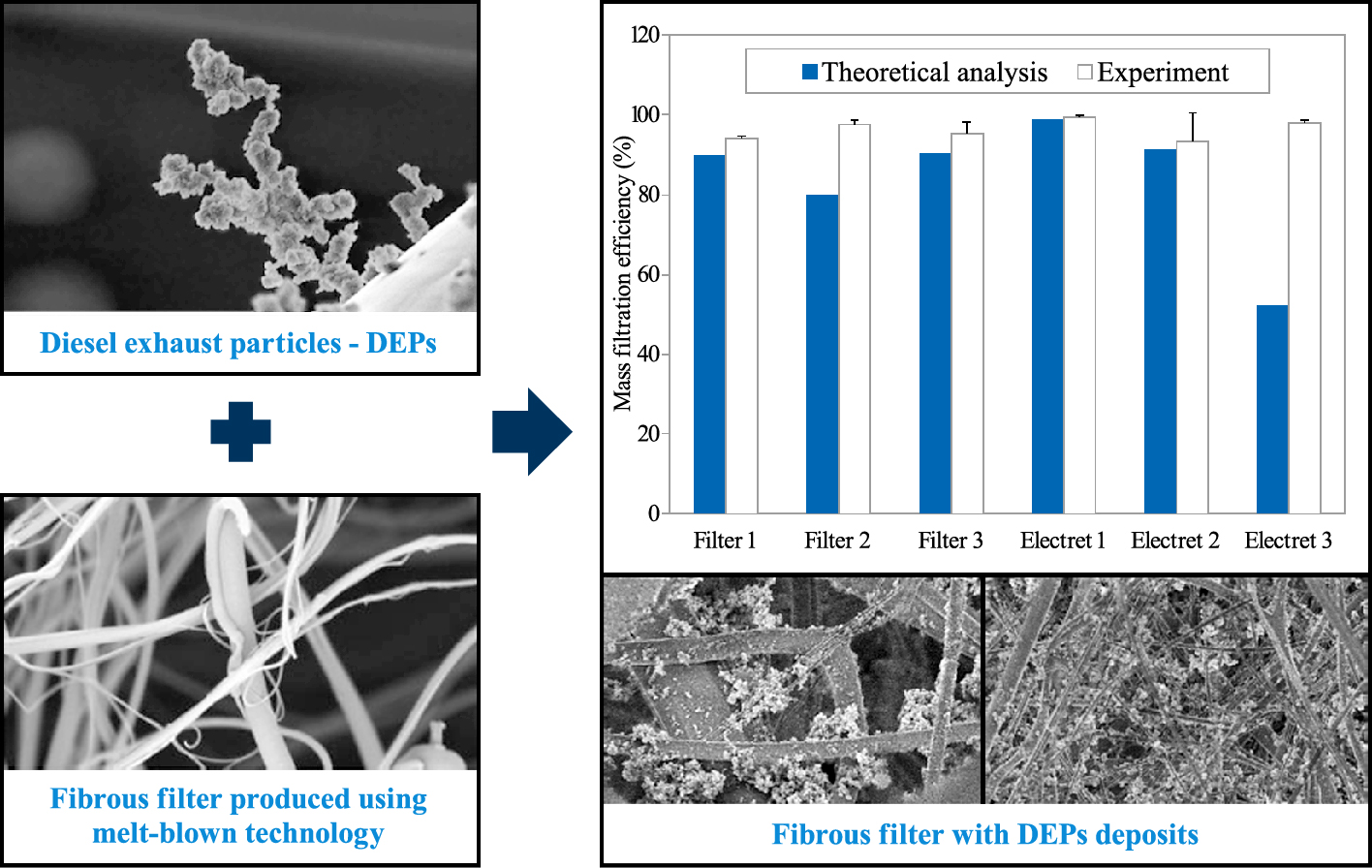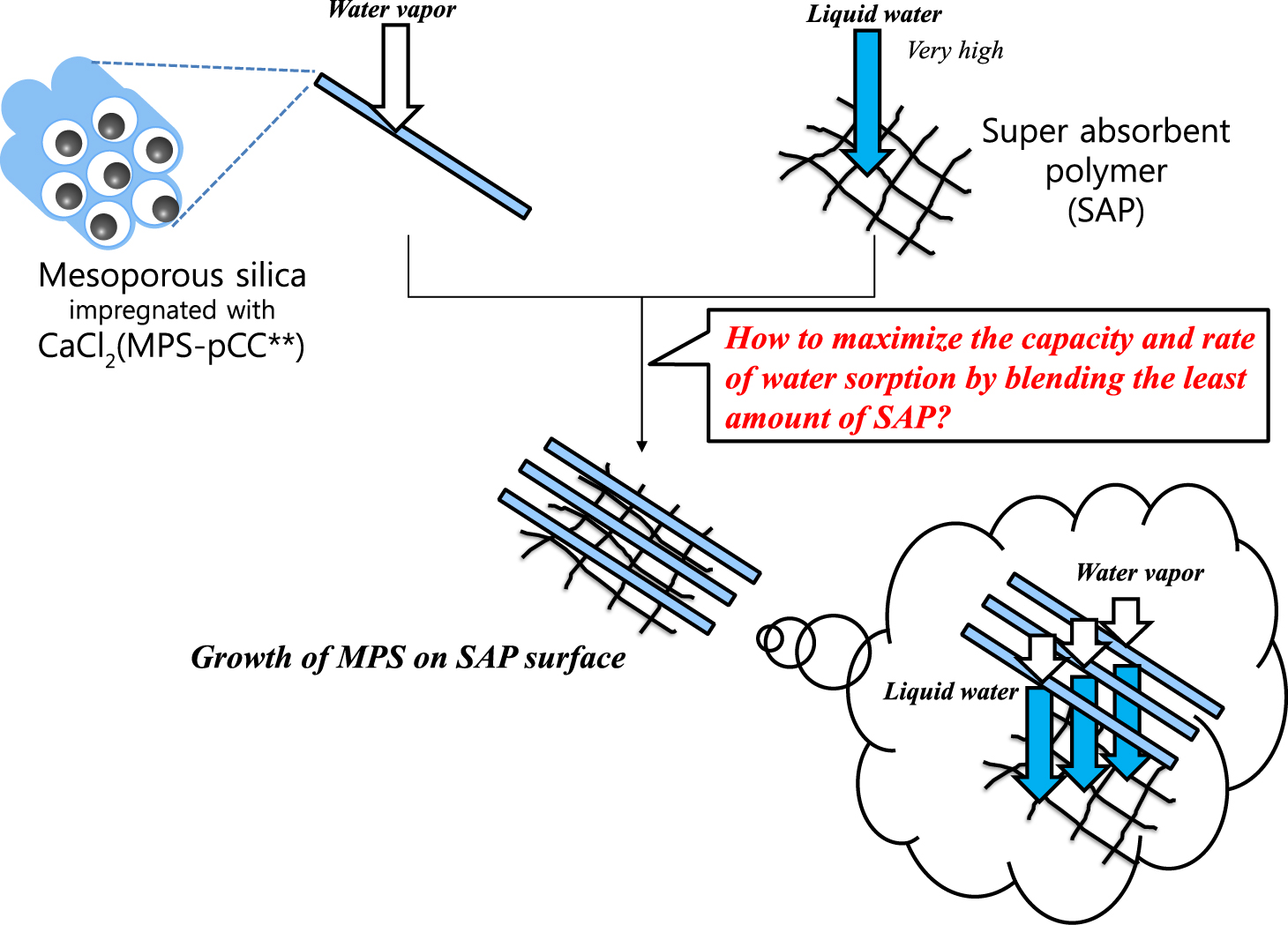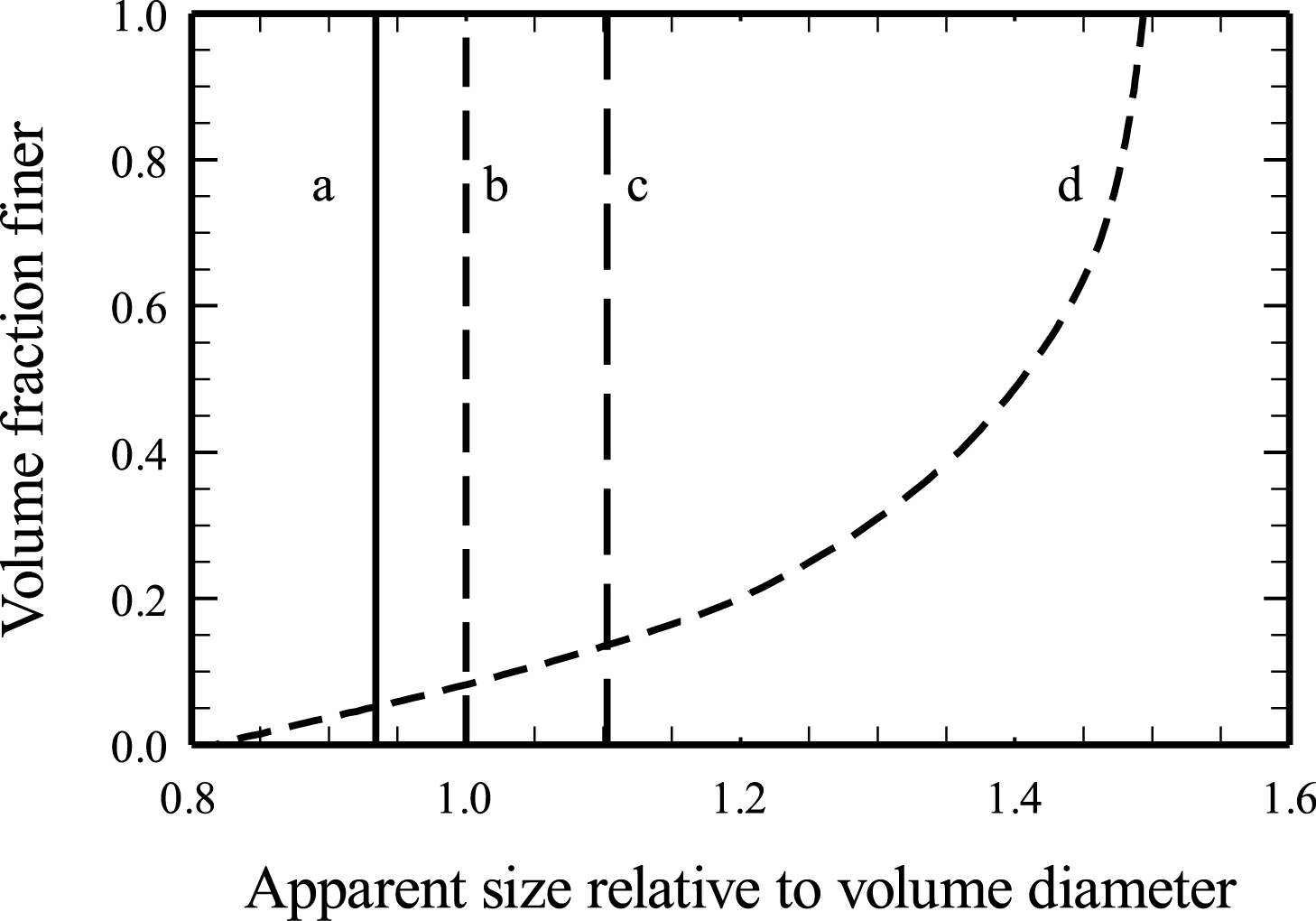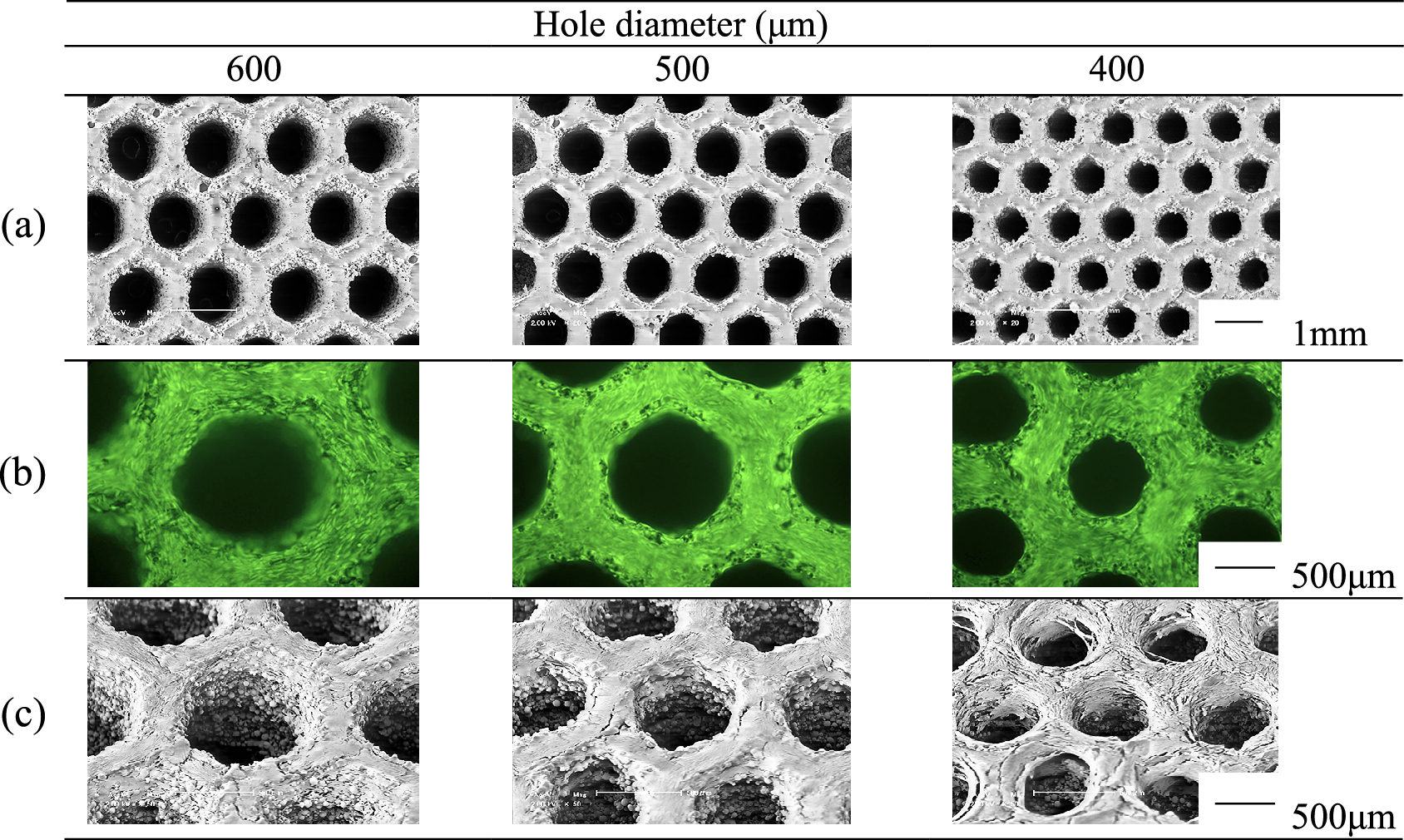- |<
- <
- 1
- >
- >|
-
2015Volume 32 Pages Cover32_1
Published: 2015
Released on J-STAGE: February 28, 2015
Download PDF (5052K) Full view HTML -
2015Volume 32 Pages EdBrd32_1
Published: 2015
Released on J-STAGE: February 28, 2015
Download PDF (197K) Full view HTML
-
2015Volume 32 Pages 1
Published: 2015
Released on J-STAGE: February 28, 2015
Download PDF (649K) Full view HTML
-
 2015Volume 32 Pages 2-22
2015Volume 32 Pages 2-22
Published: 2015
Released on J-STAGE: February 28, 2015
Advance online publication: August 30, 2014Editor's pickThe preparation of nano/micromotor systems has been a hot topic in nanotechnology and biotechnology for the last decade. This review explains the underlying physics of the nano/micromotors, which is completely different from that of conventional macroscale motors. Additionally, the authors introduce various types of nano/micromotors, especially chemical reaction propelled motors.
Download PDF (6531K) Full view HTML -
2015Volume 32 Pages 23-40
Published: 2015
Released on J-STAGE: February 28, 2015
Advance online publication: September 12, 2014Download PDF (2584K) Full view HTML -
2015Volume 32 Pages 41-56
Published: 2015
Released on J-STAGE: February 28, 2015
Advance online publication: September 20, 2014Download PDF (1231K) Full view HTML -
2015Volume 32 Pages 57-74
Published: 2015
Released on J-STAGE: February 28, 2015
Advance online publication: October 10, 2014Download PDF (5725K) Full view HTML -
2015Volume 32 Pages 75-84
Published: 2015
Released on J-STAGE: February 28, 2015
Download PDF (3142K) Full view HTML -
2015Volume 32 Pages 85-101
Published: 2015
Released on J-STAGE: February 28, 2015
Download PDF (2013K) Full view HTML -
2015Volume 32 Pages 102-114
Published: 2015
Released on J-STAGE: February 28, 2015
Download PDF (1273K) Full view HTML -
2015Volume 32 Pages 115-130
Published: 2015
Released on J-STAGE: February 28, 2015
Download PDF (1784K) Full view HTML
-
2015Volume 32 Pages 131-142
Published: 2015
Released on J-STAGE: February 28, 2015
Advance online publication: June 25, 2014Download PDF (1332K) Full view HTML -
2015Volume 32 Pages 143-153
Published: 2015
Released on J-STAGE: February 28, 2015
Advance online publication: June 25, 2014Download PDF (3434K) Full view HTML -
2015Volume 32 Pages 154-162
Published: 2015
Released on J-STAGE: February 28, 2015
Advance online publication: June 25, 2014Download PDF (2262K) Full view HTML -
2015Volume 32 Pages 163-175
Published: 2015
Released on J-STAGE: February 28, 2015
Advance online publication: June 30, 2014Download PDF (4238K) Full view HTML -
2015Volume 32 Pages 176-183
Published: 2015
Released on J-STAGE: February 28, 2015
Advance online publication: September 12, 2014Download PDF (961K) Full view HTML -
2015Volume 32 Pages 184-195
Published: 2015
Released on J-STAGE: February 28, 2015
Advance online publication: September 20, 2014Download PDF (2494K) Full view HTML -
2015Volume 32 Pages 196-206
Published: 2015
Released on J-STAGE: February 28, 2015
Advance online publication: September 30, 2014Download PDF (6289K) Full view HTML -
2015Volume 32 Pages 207-216
Published: 2015
Released on J-STAGE: February 28, 2015
Advance online publication: September 30, 2014Download PDF (2839K) Full view HTML -
2015Volume 32 Pages 217-226
Published: 2015
Released on J-STAGE: February 28, 2015
Advance online publication: September 30, 2014Download PDF (1931K) Full view HTML -
2015Volume 32 Pages 227-235
Published: 2015
Released on J-STAGE: February 28, 2015
Download PDF (1081K) Full view HTML -
 2015Volume 32 Pages 236-252
2015Volume 32 Pages 236-252
Published: 2015
Released on J-STAGE: February 28, 2015
Editor's pickAs Discrete Element Modelling (DEM) increases its utilization as tool for the simulation of particulate materials in a variety of processing unit operations, there is a continuous focus on develop robust methodologies for model calibration to guarantee reliable predictive results. This paper focus on providing insights on advantages and limitations on typical approaches for calibration and validation. The calibration process using a series of small scale tests was then validated experimentally and numerically utilizing independent application tests.
Download PDF (6059K) Full view HTML -
2015Volume 32 Pages 253-263
Published: 2015
Released on J-STAGE: February 28, 2015
Download PDF (4625K) Full view HTML -
2015Volume 32 Pages 264-269
Published: 2015
Released on J-STAGE: February 28, 2015
Download PDF (4183K) Full view HTML -
2015Volume 32 Pages 270-278
Published: 2015
Released on J-STAGE: February 28, 2015
Download PDF (2307K) Full view HTML
-
2015Volume 32 Pages 279-281
Published: 2015
Released on J-STAGE: February 28, 2015
Download PDF (2785K) Full view HTML -
2015Volume 32 Pages 282
Published: 2015
Released on J-STAGE: February 28, 2015
Download PDF (693K) Full view HTML -
2015Volume 32 Pages 283
Published: 2015
Released on J-STAGE: February 28, 2015
Download PDF (240K) Full view HTML
- |<
- <
- 1
- >
- >|



